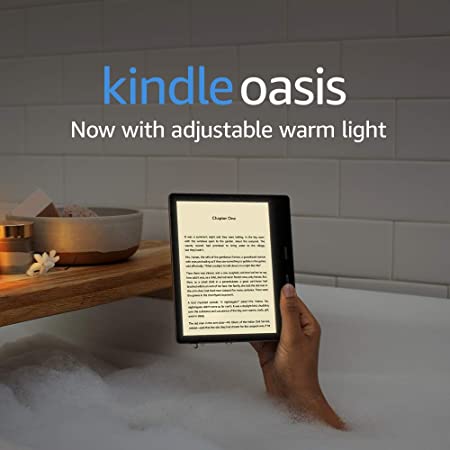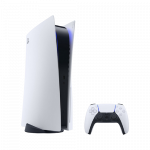If you’re like most people, you probably think of e-readers as devices that use LCD screens. After all, that’s what most smartphones, tablets, and laptops use. However, there is another type of e-reader screen technology out there called E-Ink. E-Ink screens are made up of tiny microcapsules filled with electrically charged particles of pigment. These microcapsules are then sandwiched between two conductive plates. When a positive or negative charge is applied to the plates, the particles move around and change the appearance of the screen. This process is known as electrophoresis.
Table of Contents
How Does E-Ink Display Work?
E-ink is a material that can be used to create digital displays. It is made up of tiny particles that are infused with color pigments. These particles are suspended in a clear medium, which allows them to move around freely. When an electric field is applied, the particles rearrange themselves so that they are either all pointing in the same direction or all pointing in the opposite direction.

This change in orientation causes the particles to reflect light differently, which creates the appearance of an image on the screen. E-ink screens are typically used in electronic reading devices, such as e-books and e-readers because they mimic the look of paper and can be read even in direct sunlight.
However, e-ink is also being used in a variety of other applications, such as displays for smartwatches and flexible electronic devices.
Uses of E-Ink
In the early 2000s, e-ink was the clear choice for e-readers. It was praised for its paper-like appearance and readability in bright sunlight. Many popular e-readers, such as the Amazon Kindle, Barnes & Noble Nook, Kobo eReader, and Sony Reader, used e-ink technology.
For reading static text, it remains an excellent option. In recent years, newer technologies, such as OLED and LCD, have supplanted e-ink as the preferred choice for e-readers. But for those who prefer a paper-like reading experience, e-ink is still the best option.
Benefits of E-Ink Technology
E-Ink screens have a few advantages over traditional LCD screens.
- Easier on the eyes: E-ink displays have a lot of advantages over other types of displays. For one, they more closely resemble printed paper, which makes them easier on the eyes.
- Less power consumption: In addition, e-ink displays consume less power than other types of screens, like LCDs. This is because e-ink only uses power when the image on the screen is updated. LCDs, on the other hand, use power to constantly illuminate the screen. This makes e-ink displays a much more efficient choice, especially for devices that are used for long periods of time, like e-readers.
- Readable in direct sunlight: Another advantage of e-ink displays is that they can be easily read in direct sunlight. This is because the pigments in e-ink reflect light, rather than emitting it. LCD screens, on the other hand, tend to wash out in sunlight.
- Flexible: E-ink displays are also flexible, which means they can be used in a variety of applications. For example, e-ink is being used in the development of smartwatches and other wearable devices.
The Disadvantages of E-Ink Technology
While e-ink has a lot of advantages, there are also some disadvantages to consider.
- Low refresh rate: One of the biggest disadvantages of e-ink is its low refresh rate. This means that e-ink displays can take a significant amount of time to update. For example, it can take several seconds for an e-ink display to turn from black to white. This can be frustrating for users who are used to the instant gratification of LCD screens. However, the low refresh rate is not a big issue for those who are simply reading text because the image on the screen will not be changing very often.
- Limited color palette: Another disadvantage of e-ink is that it is limited to a black and white color palette. While there are some devices that use color e-ink, they are not as common as devices with black and white displays. This limitation is due to the way e-ink works. The pigments in e-ink can only be oriented in two directions, which limits the colors that can be displayed. Still, for many users, the black and white color palette is more than adequate. And, some users actually prefer it because it can help reduce eye strain.




